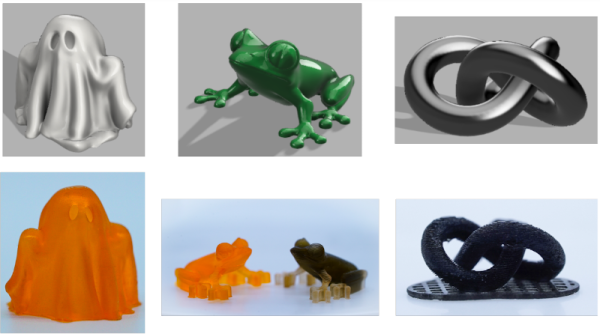Researchers at the University of Texas have been experimenting with optical 3D printing using near infrared (NIR) light instead of the more traditional ultraviolet. They claim to have a proof of concept and, apparently, using NIR has many advantages. The actual paper is paywalled, but there are several good summaries, including one from [3D Printing Industry].
UV light degrades certain materials and easily scatters in some media. However, decreasing the wavelength of light used in 3D printing has its own problems, notably less resolution and slower curing speed. To combat this, the researchers used an NIR-absorbant cyanine dye that exhibits rapid photocuring. The team reports times of 60 seconds per layer and resolution as high as 300 micrometers. Nanoparticles in the resin allow tuning of the part’s appearance and properties.











